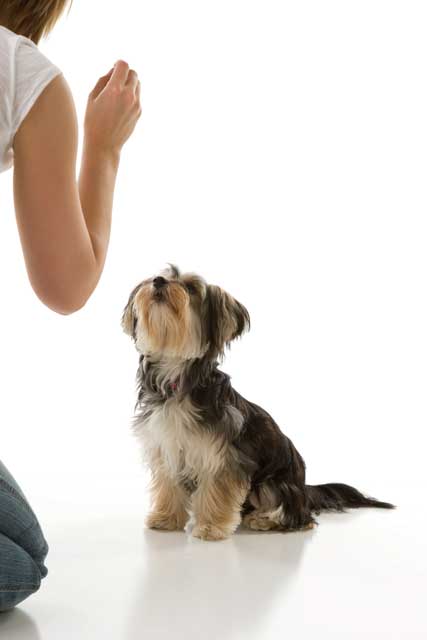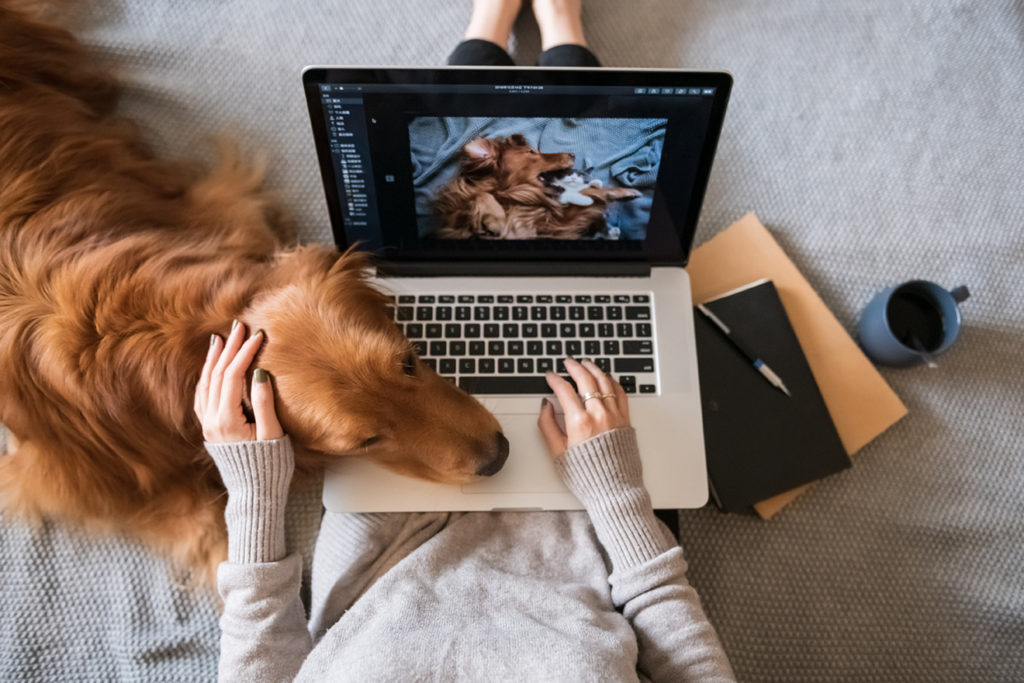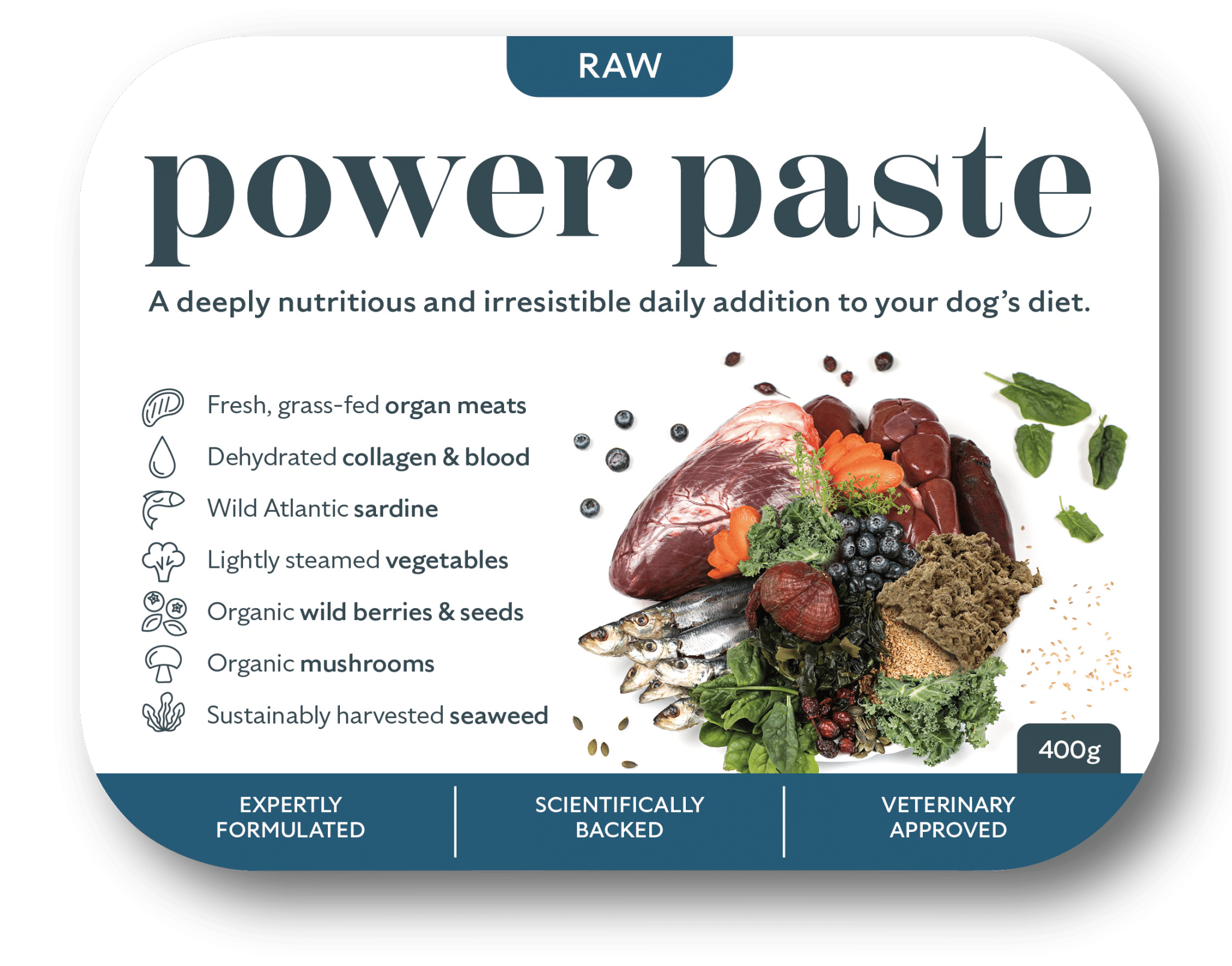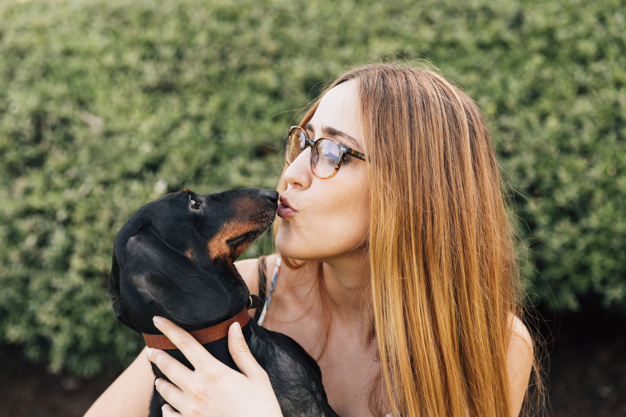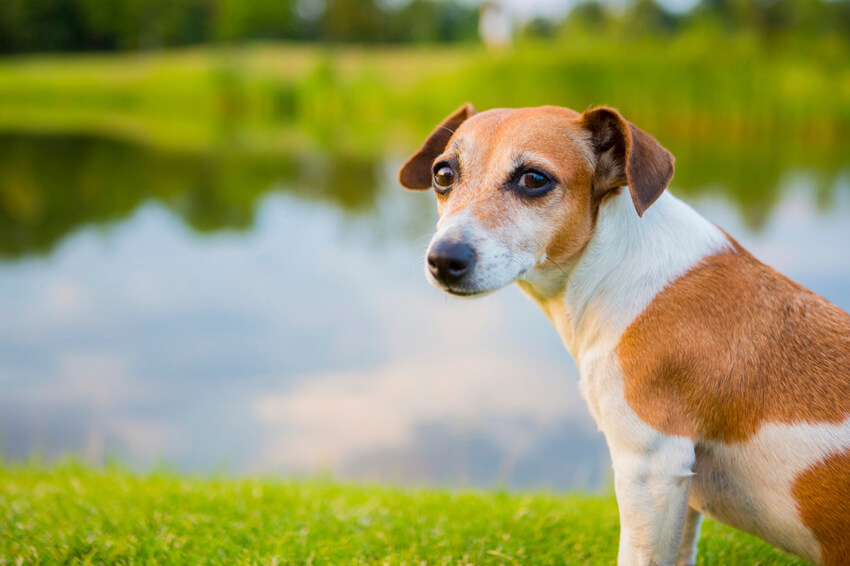So You’re Getting a Pup Part 4 – Basics of Dog Training
So your pup is now in your home 2-3 weeks. He’s settling in well. He loves bed time. He loves his tasty raw puppy diet. His toilet training should now be well under control. If not know that almost everyone else’s is so you need to re-address it! He’s loving his meaty bones and should be chewing them instead of your furniture. For the past week, you have focusing on his socialisation. He has been out and about, meeting different people in a very light, positive manner, maybe even a puppy class or two. He loves everything and everyone. If you have achieved all this then little else matters. The reason being is that you are growing a happy, confident, well-rounded pup, and these dogs are the easiest to train. Hence now’s the time to start doing it.
Think about calling out a trainer now BEFORE stuff goes wrong…
Remember, all the reading in the world won’t replace the advice of an experienced trainer. For the sake of €50, think about getting one out to your house. Their input is invaluable, setting you up NOW for a lifetime of happiness LATER. The problem is people only call a trainer when the problem behaviour gets out of hand, at which the stats are not in your favour. Few actually follow their point through to the n-th degree as we are busy people, hence these behaviours (barking at the door, negative dog interaction on the street) can be with you for life.
The Three Rules of Dog Training…
There are two very important rules you need to get tattooed on your brain before you begin training dogs. They are both central to every training exercise and problem canine behaviour from this point forward. Both of them probably make immediate sense to most of us but it’s the implication that’s the hard thing, as any parent will tell you!
Calmness and consistency
- never raise your voice (and certainly not your hand). You are only ruining your relationship with him. Creating distance, the opposite to what you’re trying to achieve. if you’re losing your cool YOU are doing it wrong, not him.
- be consistent, get everyone in the family doing the same thing. For example, it’s hard to reach good leash work when Dad and son lets the dog pull like a reindeer. Confused messages. Same with biting fingers. Dad will take a lot harder nip than the kids. All must yelp when any contact whatsoever is made.
You get what you pay attention to
- In a negative sense: If you want your dog to bark a lot simply respond to him when he barks, in a good or a bad way. If you want him to rob your socks then interact with him and pull them out of his mouth every time he picks them up.
- In a positive sense: If you want your dog to sit, simply say “ooohhhhh whadda goooood booyyyy, lloooook at that siiitt, goooodd booy” every time he sits. He’ll get up now excited but you look away when he does. They quickly learn to offer this all the time to get a bit of praise. In the same light, should have a dog that goes bananas jumping on visitors, bring in the rule that absolutely nobody can say hello to your dog unless the dog is sitting. They catch on quick and come skidding up the door on their butt, tail wagging furiously.
P.E.T.
Though this is possibly a bit advance for so such a young puppy I thought I’d throw this in here now for later on.
- Posture: if you bend over your dog they will get excited (think of a dog doing a play bow). Try it, simply bend over in front of your dog and their tail will wag! It’s submissive, ready for fun. It’s not exactly what you’re trying to achieve when training most tricks (unless you are rewarding for compliance or trying to teach them to come back to you!). When teaching the likes of “sit” try stand up tall, looking down. They respond much better. This isn’t always possible with a little pup but do keep it in mind when kneeling in front of them!
- Environment: the mistake many novice trainers make is that they train their dog in their kitchen only, where there are no mistakes. On a scale of 1-10 with 10 being the best trained, you are at around a 1 in your kitchen. You need to try your garden (2), introduce a few people walking around (3), introduce the kids walking between you (4), introduce someone playing with a ball while he is learning to sit (5), bring him outside in a park with his leash on (6), in a park with kids running around with a ball (7), in a park, leash off with a lot of excitement around (8)…with a dog complying on a battlefield being 10. That’s how hard it is to achieve excellent, unflappable obedience in an off leash dog in the park! Give yourself some credit if you get to 5!
- Tone: this is so crucial. If you are asking your dog to do something be firm. If you are saying good boy, you use a happy tone. If you want him to shy away, move slow or not move at all you use an angry tone. Obviously, this is the opposite to what you want to achieve so don’t use a cross tone!
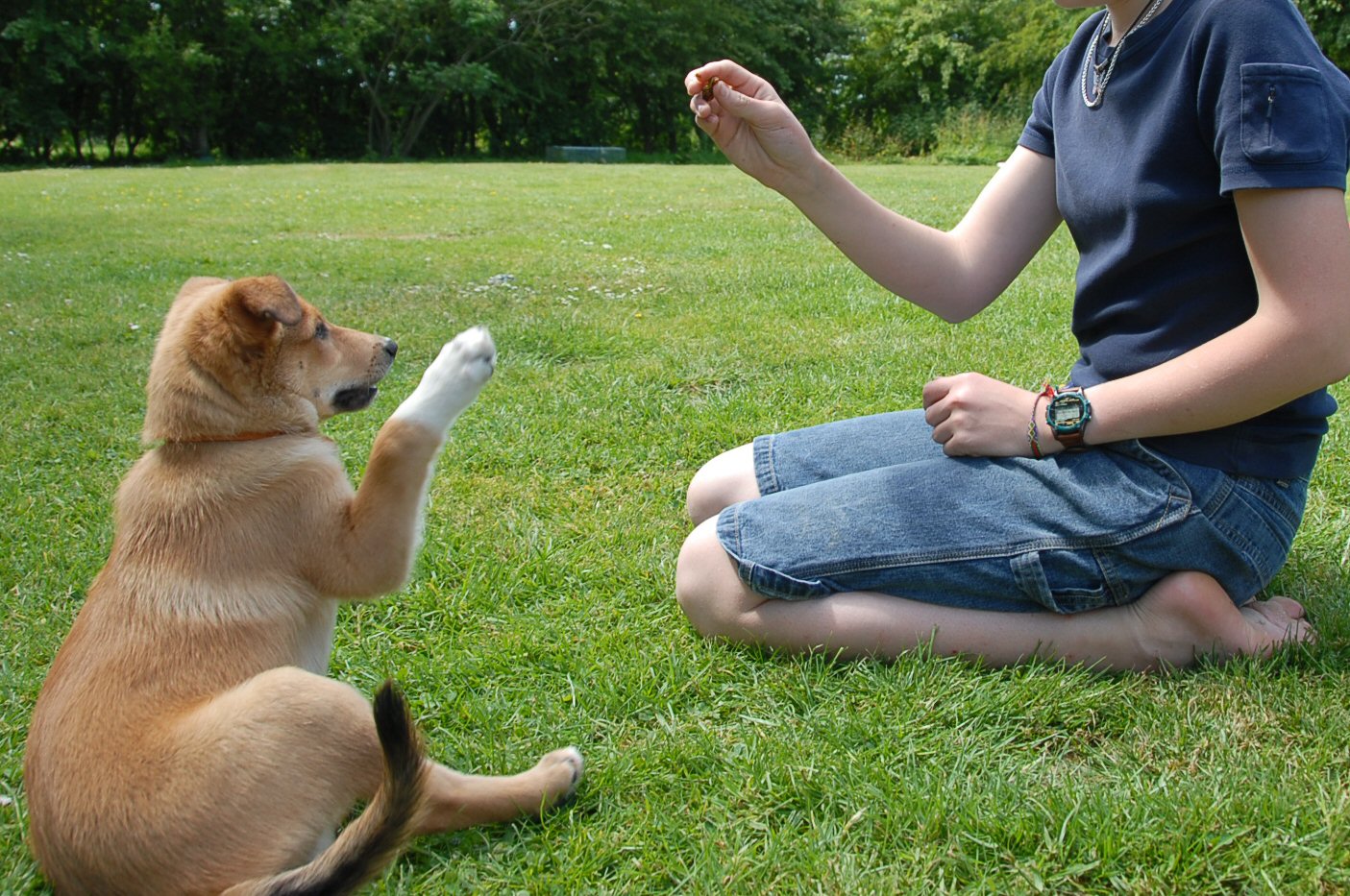
Training Must be Seen as fun, not as Homework…
Don’t be a headmaster when working with your dog. You are his best mate, not his boss. The best-trained dogs adore their trainers AND their training. If your game is crap and you’re a grumpy, bossy bore when you’re giving it, he will quickly tune out. To keep it fun, remember the following:
- Never punish. Reward her for complying only. It’s basics to conditioning
- Never shout or use physical force them. Best mates don’t do that.
- Line up your expectations with the puppy’s age, maturity and general ability
- Always stop at the top, do two, three maybe four repetitions of the exercise at most then stop and play for a bit, don’t keep doing it until it’s boring or they will switch off. Leave them wanting more.
- If having a bad day, don’t train. Your energy must be right. Keep your tone light. Radiate calmness, confidence, pleasantness. They will pick up on it.

Teaching Your Dog to sit…
With these lessons in mind, here’s how I would go about training a dog to sit…

